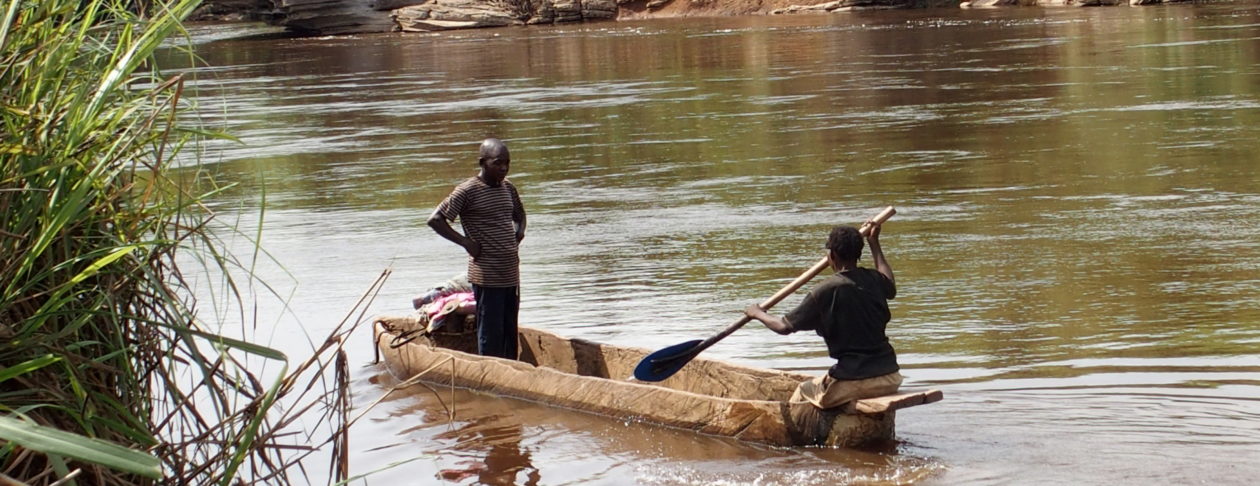by P. Gosselin, Mar 9, 2025 in NoTricksZone
Natural cycles drive our climate
The latest video by the Germany-based European Institute for Climate and Energy (EIKE) looks at CO2 and the troublesome Medieval Warm Period, which has long been a thorn for climate alarmists.
Hat-tip: Klimanachrichten
The Medieval Warm Period, the natural warm phase between 700 and 1300 AD, cannot be reproduced climate models because the simulations react primarily to CO2. Back then CO2 was not a factor because its concentration level in the atmosphere was pretty much constant. That’s why people would rather keep the Medieval Warm Period quiet.
But the facts speak for themselves. Two studies now add further pieces to our knowledge of the medieval climate.
Antarctica
In October 2023, a paper by a team of researchers led by Zhangqin Zheng from the University of Science and Technology of China in Hefei was published in the journal Quaternary Science Reviews. It deals with historical changes in the Adélie penguin population in the Ross Sea region of Antarctica and their climatic influences.
…
These natural processes are still taking place today and have by no means ended with the start of the CO2 increase.
Poland
The other study comes from Poland. The research group led by Rajmund Przybylak from Nicolaus Copernicus University in Toruń, Poland, published their work in the journal “Climate of the Past” in November 2023. The article presents current findings on climate change in Poland for the period from 1000 to 1500 AD. This period also includes the Medieval Warm Period. The scientists first studied all available quantitative climate reconstructions that have been produced for Poland in the last two decades. They also produced four new reconstructions using three dendrochronological series and an extensive database of historical source data on weather conditions. The growth of conifers in the lowlands and mountains of Poland depends on the temperatures in the cold season, especially in February and March. All available reconstructions based on dendrochronological data refer to this time of the year. Summer temperatures were reconstructed using biological proxies and documentary evidence. However, the latter are limited to the 15th century. The winter temperature was used as a proxy for the annual temperature proxies, instead of the usual use of the summer temperature.
The Medieval Warm Period probably occurred in Poland from the late 12th century to the first half of the 14th or 15th century. All analyzed quantitative reconstructions indicate that the Medieval Warm Period in Poland was comparable or even warmer than the average temperature in the period 1951-2000.
…

